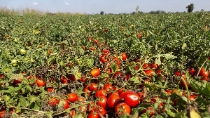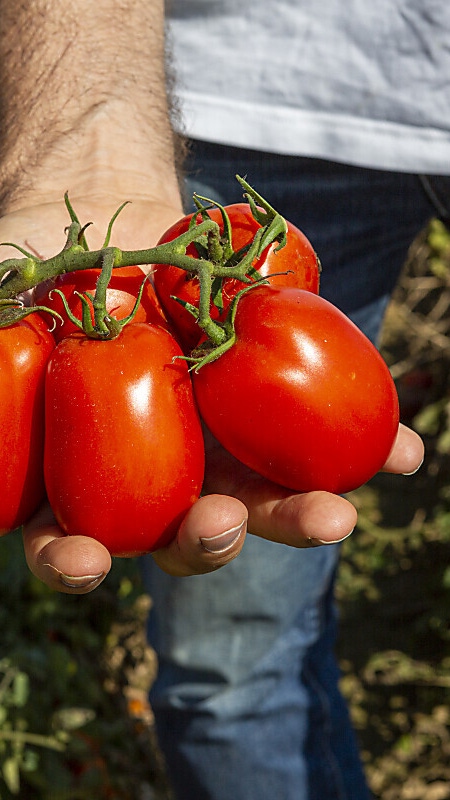Media
Breeding better tomatoes
What does it take to create the perfect tomato? We talk to Steven Schroeder, our head of tomato breeding for the USA and Spain.
Steven Schroeder first fell in love with growing plants when he was a child. ‘I just enjoyed gardening so much, even as a five- or six-year-old,’ he says. He studied horticulture at university, and then did a masters in tomato breeding, followed by a PhD in potato breeding. Right after graduating, a job opportunity for a tomato breeder came up with one of the world’s largest food companies, based in California. ‘It all just fell into place.’ Steven has been breeding tomatoes ever since - 40 years now, the last 30 with BASF.
The perfect tomato
The first thing we learn from Steven is that there is no one perfect tomato. It depends what the tomato will be used for. Steven creates special breeds for processed tomatoes – fruits that are destined to be canned, or diced, made into ketchup, or soups, sauces and juices. Each of those uses demands tomatoes with different qualities. Steven breeds tomato varieties for these specific qualities.
Bred for processors and consumers
Steven says that for tomato processors and consumers, consistent high quality is essential. ‘For diced tomatoes, you want nice pieces that aren’t falling apart. A really good red color, and no green pieces, so they look great for restaurants using them on their pizzas or whatever. For canned tomatoes, you need the peel to come off cleanly. Believe it or not, peelability is a trait we breed for. Canned tomatoes need to be uniform in size and a good color too.’
For ketchup, soups and sauces, the viscosity of the tomato becomes very important – this basically means how much liquid there is in a tomato. Viscosity becomes critical when the tomatoes are ground down into a paste and cooked. ‘For ketchup we breed high viscosity varieties. If your tomato is too watery, you have to cook it a lot more to get the right consistency, and so you get less ketchup out. For soups and juices it’s the opposite, you want that water content, so we breed low viscosity tomatoes.’

The tomato of the future
So if tomatoes are constantly improving, how good can they really get? How do you keep improving?
‘Our understanding of tomato genetics is getting better and better. The more genetic information we have, the quicker we can develop new varieties. It takes about 10 years to develop a new variety at the moment. There is a very interesting collection of wild tomato species collected and maintained by the Tomato Genetic Resource Centre at UC Davis. Such crop wild relatives have all kinds of useful traits that are still to be tapped: drought resistance, salt tolerance, super colors.’ So when it comes to what’s possible in a tomato, we’ve only just scratched the surface.
What makes BASF tomatoes unique?
With all this ingenuity and creativity going into tomatoes, what is it that makes Steve’s fruits stand out from those of other tomato breeders around the world? Steve said, ‘I think at BASF we’re unique in that we’re very, very focused on our customers. We talk to them often and work hard to understand exactly what they want. We want to create a variety that really works for them.
‘When a grower tells me, “That tomato variety you produced saved my life this year. It held up to the fruit rot, to the rain. When every other variety on my farm had mold, yours was the only one free of mold, and I could balance the books at the end of the year and make a profit.” When you get feedback like that, it feels awesome. That’s what drives me.’
So next time you open a can of tomatoes, or squeeze a blob of ketchup onto your plate, remember that it’s the product of decades of innovation, and that this is just the beginning
